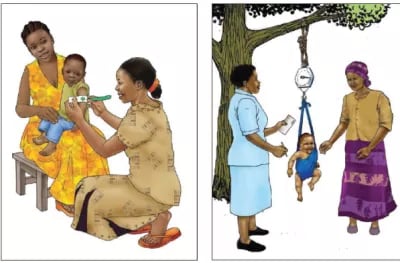In today’s fast-paced world, childhood obesity is on the rise, becoming a major health concern for families and communities alike. With modern lifestyles increasingly favoring convenience over nutrition and activity, children are more susceptible to weight-related issues than ever before. Tackling the problem starts with understanding the root causes and knowing how to monitor a child’s growth effectively.
One common question parents ask is,What Causes Obesity in Children? ? While it may seem like the answer is simply poor eating habits or lack of exercise, the reality is more complex. Obesity in children often stems from a combination of factors, including genetics, environment, lifestyle, and emotional health. When kids consume more calories than they burn—especially from sugary drinks, fast food, and processed snacks—those extra calories are stored as fat. Over time, this leads to excessive weight gain.
However, food intake alone isn't to blame. Physical inactivity also plays a significant role. Children today spend more time indoors on digital devices than they do playing outside. This sedentary behavior not only reduces the number of calories burned but also affects metabolism. Additionally, children exposed to stress, anxiety, or poor sleep habits may overeat as a coping mechanism, further increasing the risk of obesity.
Beyond lifestyle, family habits and socio-economic factors matter too. Parents who model unhealthy behaviors may unintentionally pass them on. Limited access to nutritious food or safe outdoor play areas also limits a child’s opportunity to maintain a healthy lifestyle. Addressing these root causes requires a whole-family approach and support from schools and healthcare providers.
Once a child begins gaining weight, it’s crucial to monitor the situation in a structured way. One widely used tool is BMI for Kids . BMI, or Body Mass Index, is a number calculated from a child's height and weight. For children and teens, this number is then plotted on growth charts based on age and gender to determine the percentile range. These percentiles help categorize whether the child is underweight, at a healthy weight, overweight, or obese.
Although BMI for Kids isn’t a diagnostic tool, it serves as an important screening method. Regular tracking can identify trends in weight gain early, prompting timely action. If a child’s BMI is above the 85th percentile, it may be time to consult a pediatrician for further evaluation and guidance.

